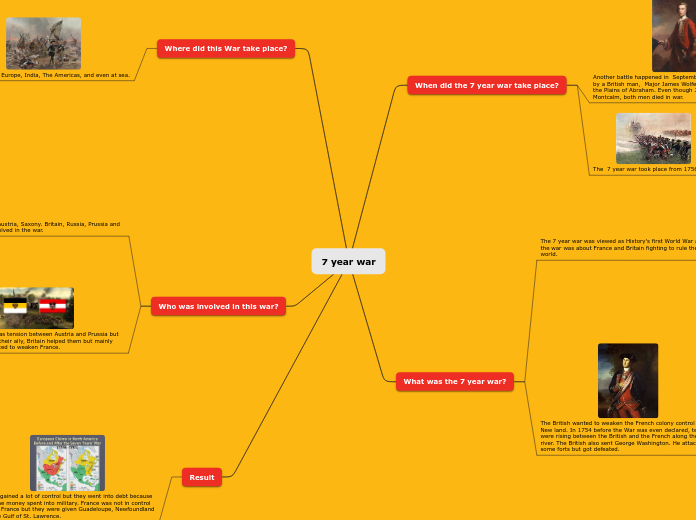по Kainth Harman 3 лет назад
113
Women
During the major global conflicts of the 20th century, women played critical roles on the homefront and in various support capacities. In World War I, many women took over domestic responsibilities and jobs traditionally held by men, such as managing farms and businesses.









